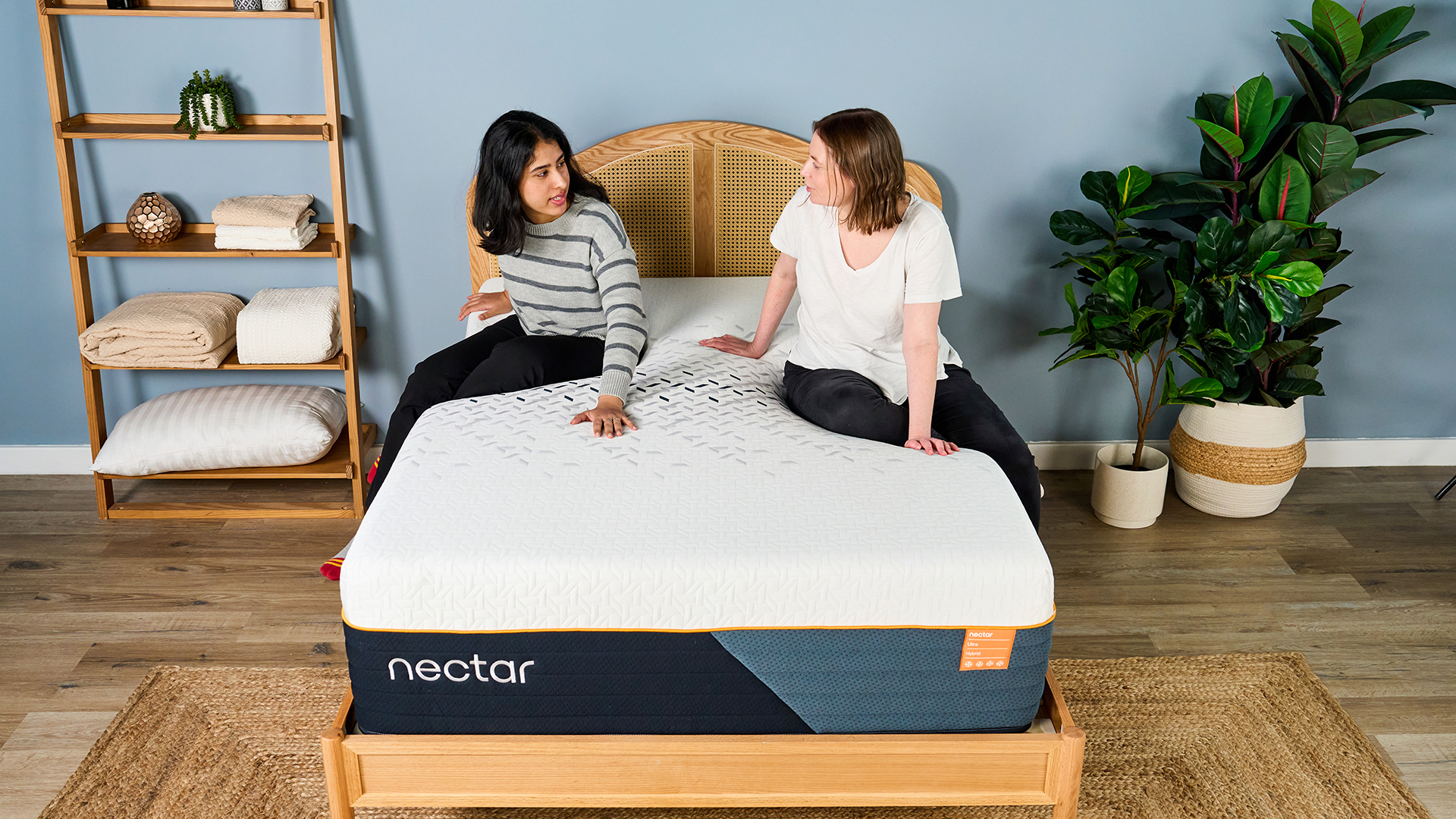The 10,000-Step Myth: Here's How You Should Be Tracking Your Fitness
The goal of taking a steps every day is taking a backseat to metrics that reveal more about a person’s activity levels, health and fitness.
On a recent vacation, Liz Dickinson, the founder of Mio Global, spent several hours a day riding a bicycle. For all this intense physical activity, the step counter she was wearing registered only a few hundred steps.
For Dickinson, the experience illustrated all too well that the 10,000-step-a-day goal -- the default for corporate wellness programs and fitness recommendations -- doesn’t mean much.
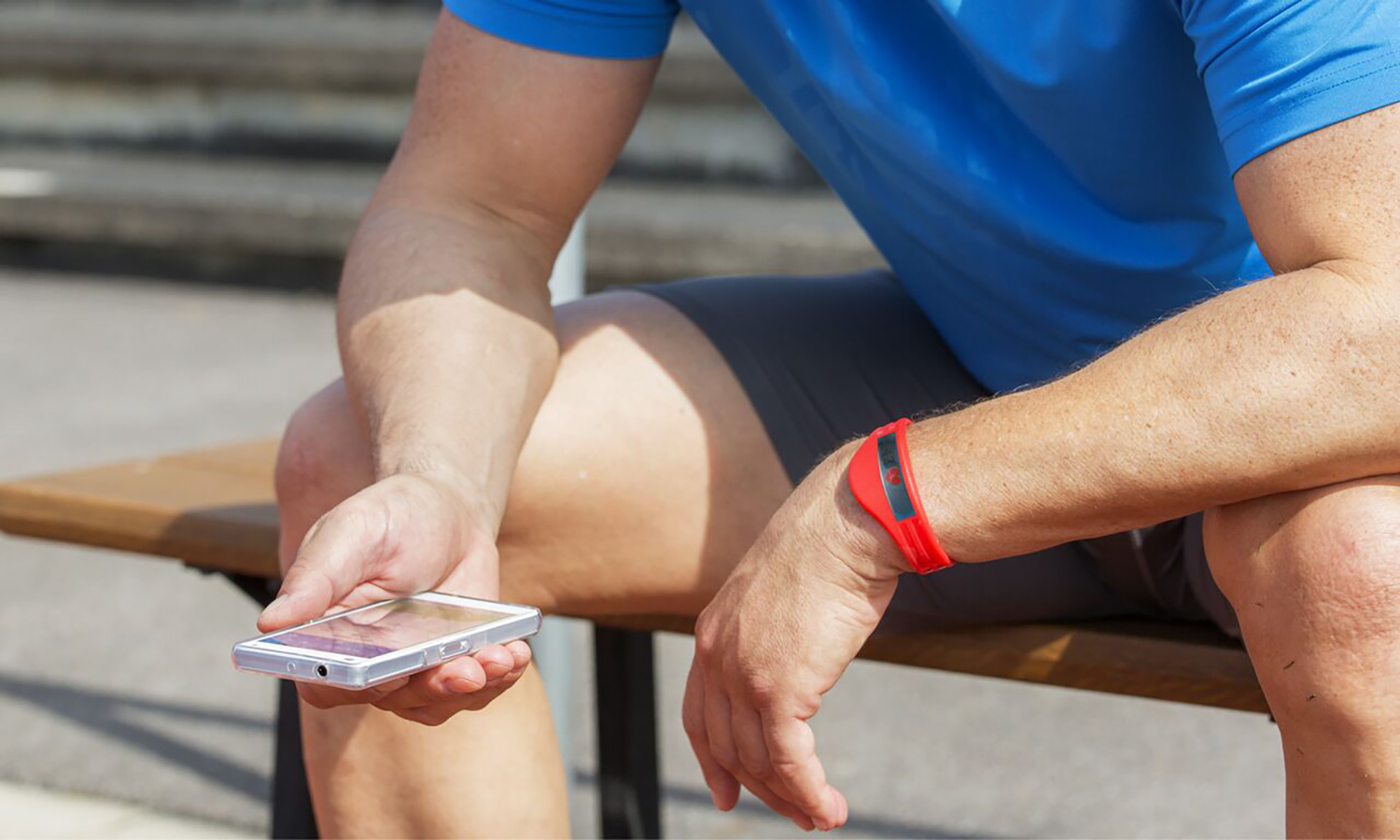
“There’s no scientific validation.” Dickinson said. “It’s very hard to do it every day, and there’s no mention of intensity, or difficulty level, or heart rate, or breathing, or anything that determines whether exercise is valuable to you from a cardiovascular perspective.”
Just a few years after embracing the 10,000-step goal, wearable-device makers are beginning to de-emphasize that number in favor of customizable goals that better reflect an individual user’s health and fitness needs. In some cases, this involves advanced metrics that offer a more accurate snapshot of physical activity.
The 10,000-Step Meter
For all its recent attention, the 10,000-step goal originated in Japan with the manpo-kei pedometer, a device that was heavily marketed after the 1964 Tokyo Olympics. Translated from Japanese, manpo-kei means “10,000-step meter.”
That daily step goal, about 5 miles, was based on the recommended activity level for the average Japanese adult man consuming 3,000 calories per day.
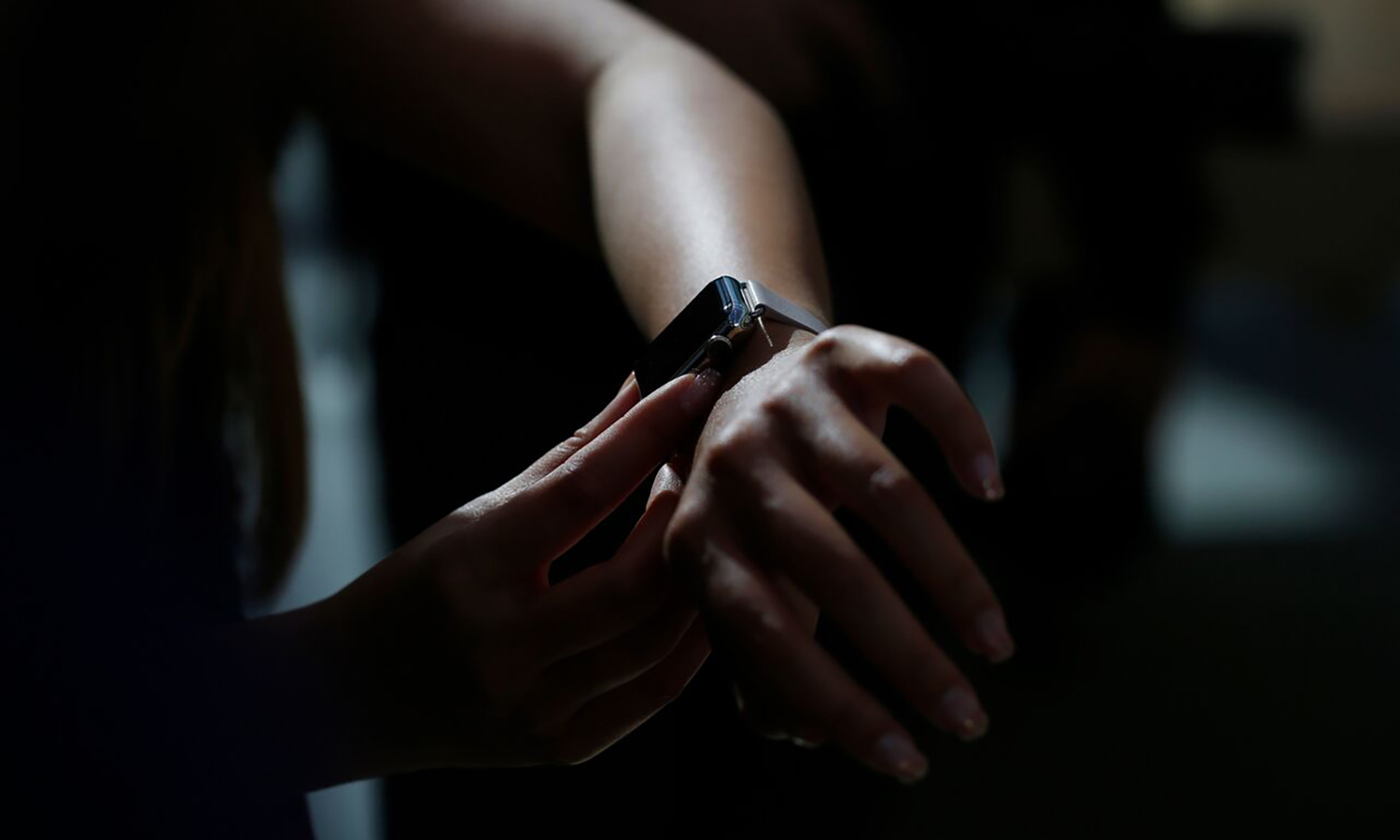
As handsets, smartphones and wearable devices introduced accelerometers, the number stuck, in part because of the significance of the number 10,000 in Japanese culture. (The phrase “10,000 years,” or banzai, is a modern expression of enthusiasm originally derived from a Chinese term used to wish long life to the emperor.) Today, The American Heart Association sticks to that recommendation.
Sign up to get the BEST of Tom's Guide direct to your inbox.
Get instant access to breaking news, the hottest reviews, great deals and helpful tips.
“The simplicity of it was appealing,” said Polar President Tom Fowler, “but it didn’t necessarily prove to be the path to the promised land.”
Personalized Goals
For some people — those who are chronically ill, inactive or otherwise find walking difficult — trying to achieve the goal of 10,000 steps can do more harm than good. The milestone itself can be intimidating, which can derail altogether a plan to increase physical activity. Or making a quick leap to 10,000 steps could cause an injury.
MORE: The Truth About '10,000' Steps a Day
“Ten thousand steps is recommended, but it’s not an assessment of your physical fitness,” said Dr. Suzanne Steinbaum, the director of Women's Heart Health at the Heart and Vascular Institute at New York City’s Lenox Hill Hospital. “Fitness is really getting your heart rate up 150 minutes a week.”
Instead of a specific step goal, the U.S. Centers for Disease Control and Prevention recommends 150 minutes of moderate activity per week, such as a brisk walk, or 75 minutes of vigorous activity, such as running, cycling or swimming. Hitting those goals requires about 7,000 to 8,000 steps per day -- but the average American adult takes less than 6,000 steps per day.
To address this, fitness trackers have started to let users set more individualized goals. A Fitbit app update released earlier this year included a Personal Goal Setting feature, which offers recommendations based on user activity, as well as stated health and fitness objectives. Users can also change the default 10,000-step goal.
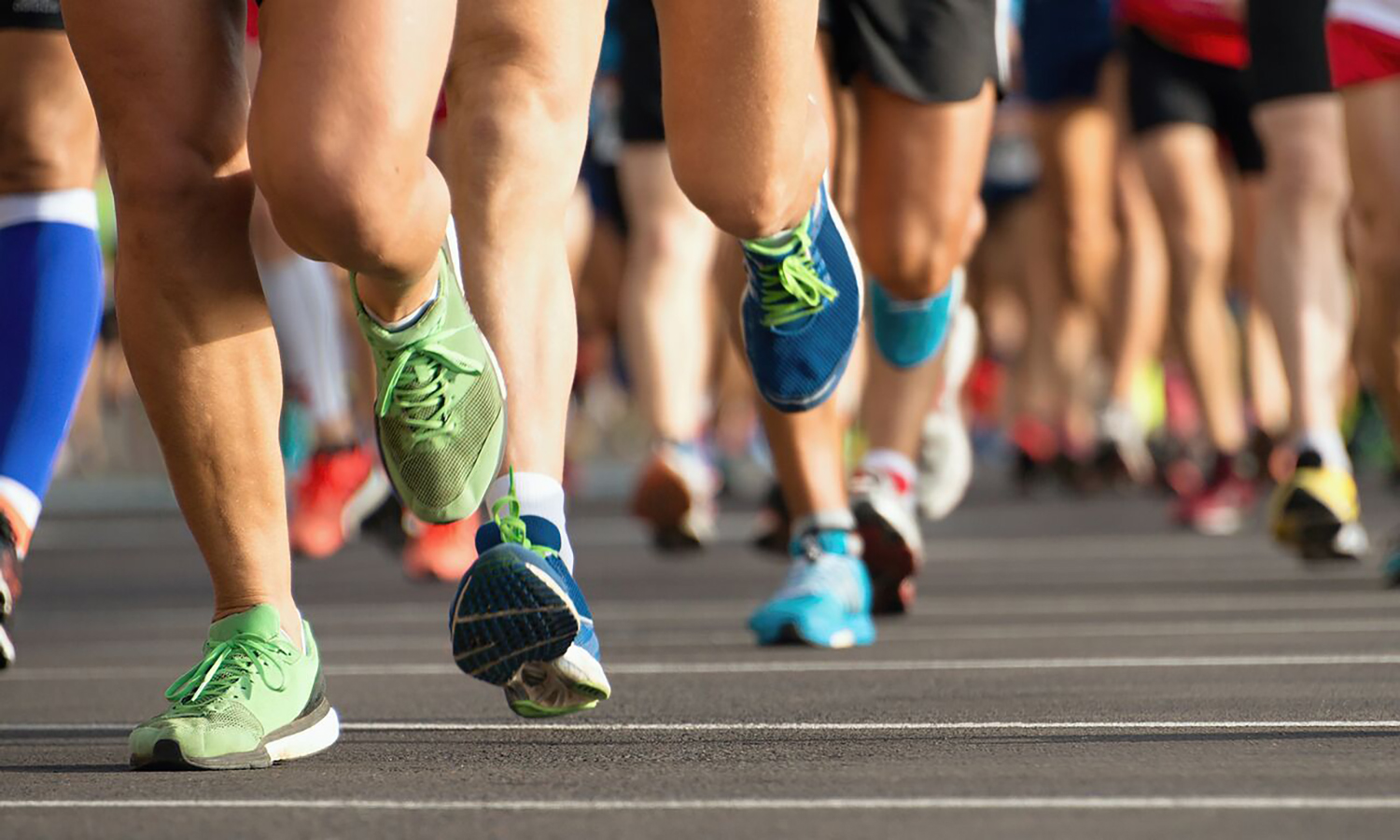
While not much different than what’s found on dedicated trackers, Apple is adding daily reminders and monthly challenges as part of a greater update to the fitness features of its watchOS operating system.
Garmin devices come with a default daily step goal of 7,500, but this goal shifts up or down based on a user’s activity level, said Phil McClendon, lead product manager for Garmin’s vivo products. Exceed the goal on the first day, for example, and the next day’s goal will be more than 7,500.
The Garmin Connect app also emphasizes the weekly moderate and vigorous activity goals, said McClendon, adding that numerous guidance organizations around the world, including the World Health Organization and the American Heart Association, also endorse the 150- and 75-minute metrics.
Devices such as the vivoactive HR and the vivosmart HR, which have a heart-rate monitor, (HRM) can automatically detect the difference between moderate and vigorous activity, he said. This lets a user see how his or her week is shaping up and decide, say, whether to run, walk or take the stairs to hit the weekly activity goal.
In addition, the vivosmart 3 ($139) can detect heart-rate variability, which provides insight into stress and sleep, McClendon said. “We we want to give people the maximum number of tools to track their fitness journey, whatever that means to them,” he said.
The Heart of the Matter
For Valencell, heart-rate data is far more valuable than activity data, especially since someone with a goal of losing weight will have different needs than someone trying to get and stay fit.
“Ten thousand steps is woefully inappropriate to train someone, because you don’t know how their body’s responding to it,” said Dr. Steven Leboeuf, co-founder and president of Valencell, which makes biometric sensors used by such wearable device companies as Jabra, Samsung and Suunto.
Leboeuf points to four pieces of biometric data that are key to a training program.
- Resting heart rate (RHR), which can begin to drop weeks before someone begins to lose weight.
- Cardiac efficiency, which is a measure of heartbeats per step and indicates that fitness is improving even as RHR has plateaued.
- Heart-rate recovery, which shows how long it takes to get to RHR after an intense workout and likewise shows a level of improvement as RHR and cardiac efficiency level off.
- VO2 Max, which measures oxygen consumption during exercise, is an indication of overall aerobic fitness, and may take several months to change.
These biometric measurements have the added effect of helping users understand their specific recovery needs. After wearing a pair of Jabra Elite Sport Earbuds ($249) during an intense workout, Leboeuf said, a user may see heart-rate recovery and VO2 Max and realize, “I can improve my fitness by not working out a few days.”
Heart-rate data is “critically important” to understanding an individual’s fitness level, Steinbaum said. It provides insight into the performance of an individual’s parasympathetic nervous system, which regulates body activities that occur during rest and recovery.
"The PAI score goes to the heart of wanting to get people active. It make things approachable.” -- Liz Dickinson, founder, Mio Global
Along with peak heart rate (measured during physical activity) and heart-rate recovery (measured within 1 minute of completing activity), Steinbaum noted the value of heart-rate variability. This is a measure of the intervals in between heartbeats; low variability -- that is, a higher RHR -- is linked to chronic diseases ranging from congestive heart failure to depression.
However, an electrocardiogram at the doctor’s office is the most accurate way to determine variability, Steinbaum said. “[Wearable devices] are tools, they can really help us, but they cannot tell us what exactly is going on with our hearts,” she said.
One Score to Rule Them All
Data points such as VO2 Max and heart-rate recovery are valuable, but they may be more than some users can handle.
The Mio Slice ($129), for example, focuses on a single metric called Personal Activity Intelligence, which applies an algorithm to heart-rate data to generate a “PAI score.” The score starts at 100 and goes up based on both the intensity and duration of physical activity, Dickinson noted.
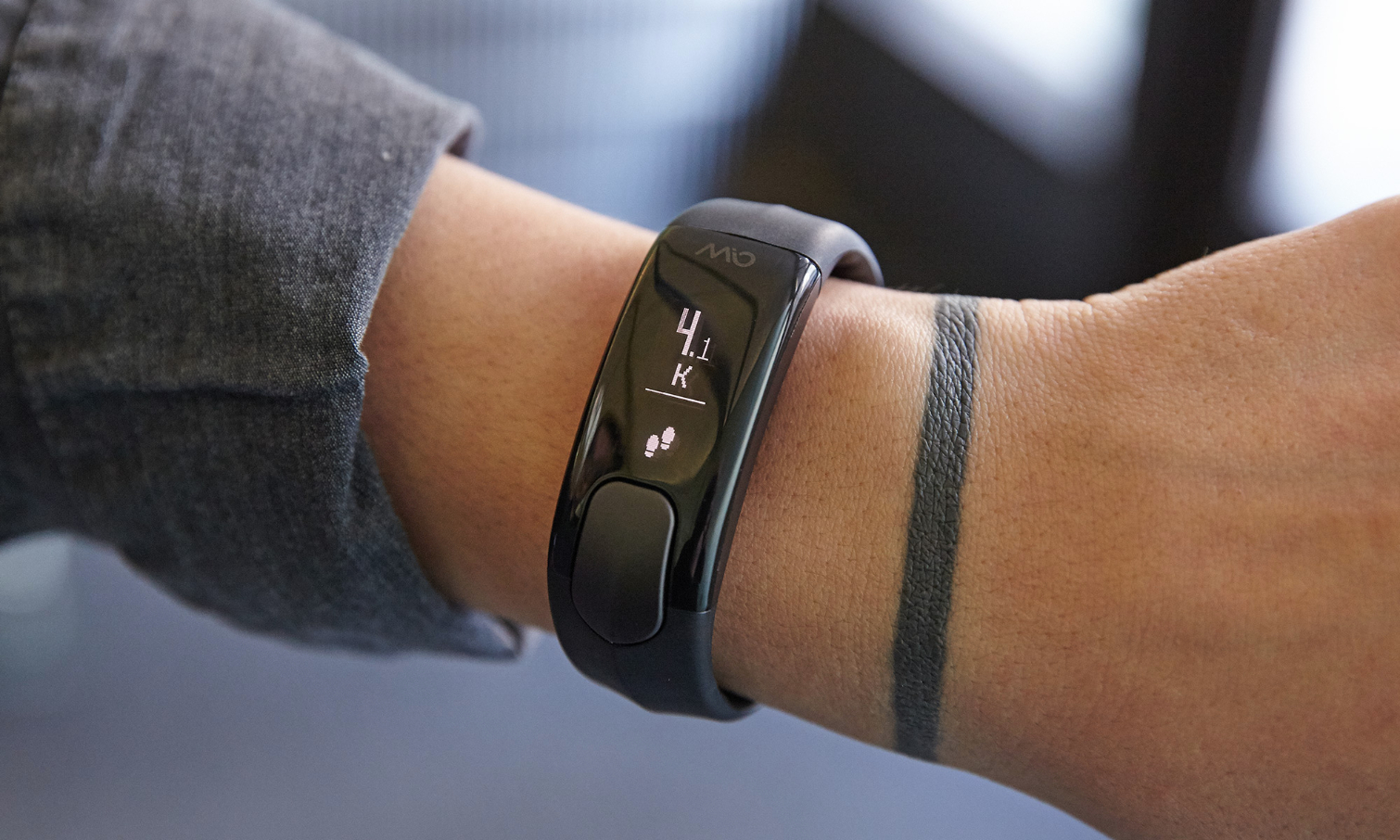
A 25-year scientific study conducted in Norway showed that people who keep their PAI score above 100 reduce their risk of cardiovascular disease and extend their life span.
By focusing on heart rate, people earn “points” for a range of daily activities, from shoveling snow and cycling to gardening and painting, which an accelerometer-based step counter is going to miss. It also ensures that activities that a wrist-worn step tracker picks up, such as folding laundry or washing dishes, aren’t overcounted.
MORE: Best Fitness Trackers for Running, Swimming and Training
The PAI score helps people increase activity at their own pace, and the feedback on intensity lets them adjust their activity levels as they need, Dickinson said. “It’s a score that goes to the heart of wanting to get people active. It make things approachable.”
At the moment, the PAI is limited to the Mio Slice and the Mio app on the Apple Watch, though Dickinson said Mio is talking to other wearable device makers about licensing PAI for their use.
What’s Next for Wearables
Critics of wearable devices have a few reasons to believe that the market is on the decline, or at least stagnant. High abandonment rates have been reported for these devices, and there have been poor weight-loss results for research study participants tracking their activity. Even the PAI, for its merits, is based on a study of individuals in one country, and a healthy one at that, Leboeuf noted.
“You need something broader than that,” he said.
However, the market may be turning a corner. The latest Apple watchOS 4 update, due this fall, will support a variety of activity types, ranging from high-intensity interval training to yoga, and will offer personalized recommendations based on workout history.
Plus, wearable device executives say the ability of wearables to gather data far beyond daily step counts will make them more valuable to consumers.
Polar Sleep Plus, for example, applies an algorithm to data collected from the wrist during the night to assess the timing, amount and quality of a user’s sleep, and give users a “sleep continuity” rating on a 1-5 scale. From there, the Polar app provides feedback and offers recommendations on how to improve sleep. Polar Sleep Plus is available with the Polar A370 fitness tracker ($199) and the Polar M430 running watch ($299).
Fowler said the aim is to shift away from providing data without context to offering guidance to help athletes of various ages and skill levels make more informed decisions. “What does the information boil down to? What was the impact of what I did yesterday or today? How will it affect how I’m going to feel?” he asked.
MORE: Who Has the Most Accurate Heart Rate Monitor?
The use case for biometric data is moving from fitness training to work performance, stress management and even disease management, Leboeuf said. In this sense, he added, devices will have a public health benefit.
“We really want a way to let people know, are they all right, improving or going south?” Leboeuf said. “You want the feedback to be real and meaningful. ‘You are getting better, and here’s why. You are getting worse, and here’s what you need to change.’”
Plus, for all the criticism of wearables, people continue to buy them, Dickinson said.
“We have proven that people are willing to put out money to get information for digital devices,” she said. “There’s a huge opportunity for the company that can get it right.”
Credit: Stephen Lam/Getty, Shutterstock
Brian Eastwood is a freelance writer for Tom’s Guide, focusing primarily on running watches and other wearable tech. Brian has been a professional writer and editor since 2003. He has covered healthcare tech, enterprise tech, higher education, and corporate leadership for a range of trade publications. Brian is a lifelong Massachusetts native and currently lives outside of Boston. Outside of work, he enjoys running, hiking, cross-country skiing, and curling up with a good history book.

